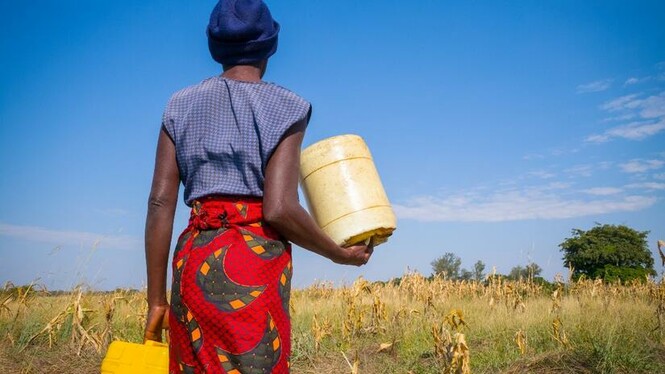
The report, Working with Nature to Protect People: How Nature-based Solutions Reduce Climate Change and Weather-Related Disasters, shows how nature-based solutions can reduce the likelihood of climate change and weather-related events occurring.
It sets out how lives can be saved by working with nature-based solutions to prevent exposure to these hazards and support vulnerable communities in adapting to and withstanding the dangers of a warming world.
For the first time, the analysis from IFRC and WWF shows that these solutions could provide developing countries with valuable protection against the economic cost of climate change, saving at least US$ 104 billion in 2030 and US$ 393 billion in 2050.
The report highlights how law and policy can be enablers of nature-based solutions through:
- establishing policies or principles, for conservation, sustainable management and restoration of nature
- establishing government mandates responsible for conservation, sustainable management and restoration of nature
- defining roles and responsibilities of groups involved in conservation, sustainable management and restoration of nature
- establishing coordination mechanisms to implement nature-based solutions
- Imposing legal duties or obligations on relevant actors about how they conserve, sustainably
- manage & restore nature
The report calls on governments to align national policy, planning and legal frameworks with international policy frameworks, including the United Nations Framework Convention on Climate Change, the Convention on Biological Diversity and the Sendai Framework for Disaster Risk Reduction.